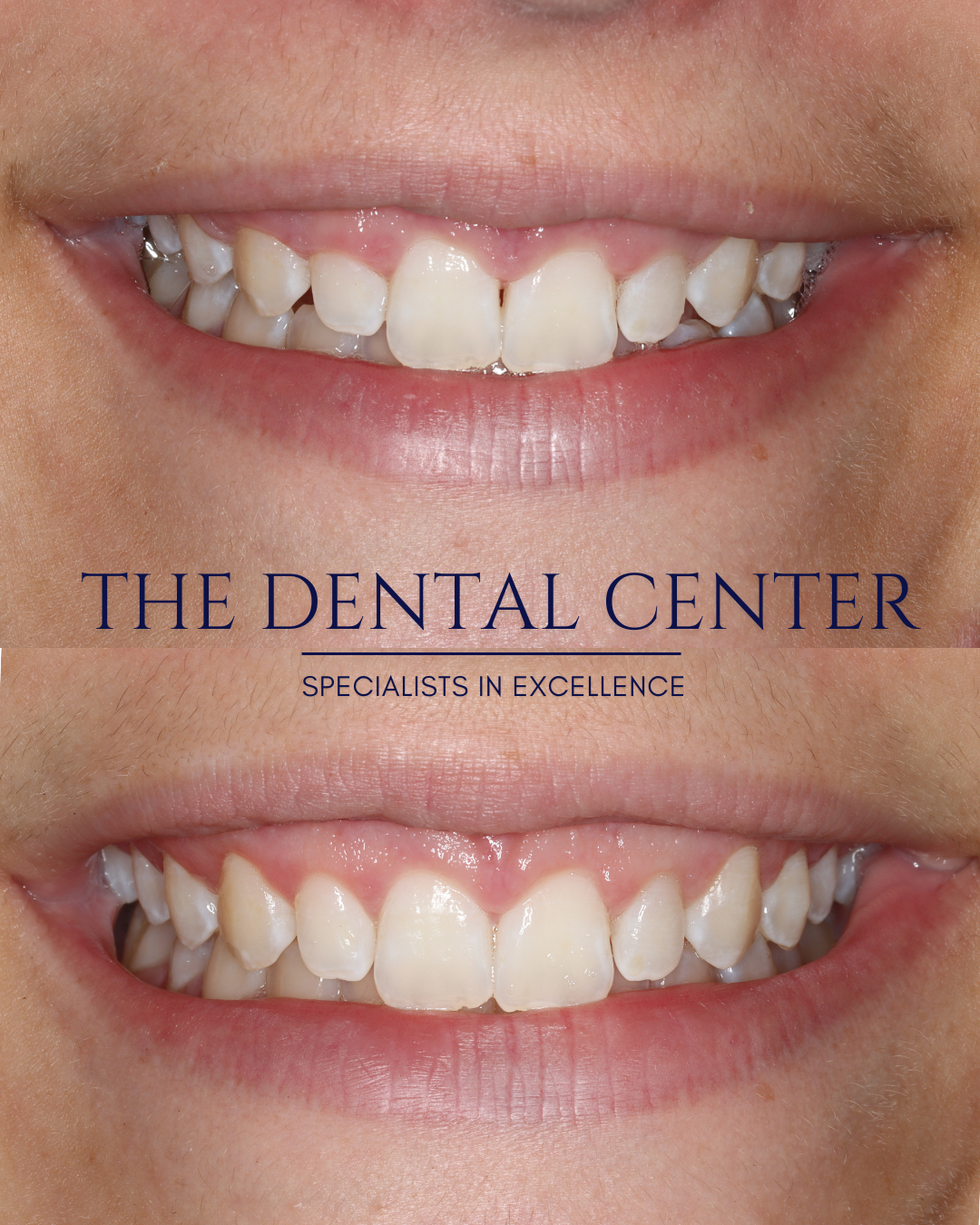Expert Periodontal Treatment | Gum Health Redefined
At The Dental Center, we provide advanced periodontal care to help patients in New Hampshire protect the foundation of their oral health—healthy gums and bone. Our specialty clinic combines precision diagnostics, minimally invasive techniques, and personalized care plans to treat and manage gum disease, bone loss, and periodontal infections at every stage.
Defining Periodontal Disease:
Periodontal (gum) disease is a progressive condition caused by bacterial buildup beneath the gumline. Left untreated, it can lead to chronic inflammation, gum recession, bone loss, tooth mobility, and even tooth loss. It’s also linked to systemic health conditions like heart disease, diabetes, and stroke.
Signs You May Need Periodontal Treatment:
Bleeding or swollen gums
Persistent bad breath
Gum recession or “long teeth” appearance
Loose or shifting teeth
Bone loss visible on X-rays
Deep gum pockets
Advanced Periodontal Services We Offer:
-
A thorough assessment of your gum health to diagnose any form of periodontal disease and guide appropriate treatment.
This Evaluation typically involves several key components:
1. Review of Medical and Dental History
Health Conditions: The dentist will review your medical history to identify any underlying conditions (such as diabetes, heart disease, or medications) that could influence your gum health.
Lifestyle Factors: Smoking, diet, and stress levels can also contribute to periodontal problems, and this information is considered during the evaluation.
2. Examination of the Gums
Gum Color and Texture: Healthy gums are usually firm and pink. The dentist checks for any signs of inflammation, redness, swelling, or bleeding that could indicate gum disease.
Periodontal Pocket Measurement (Probing): A special probe is used to measure the depth of the spaces (pockets) between the gums and teeth. Pockets deeper than 3mm could indicate periodontitis.
Gum Recession: The dentist assesses whether the gums have receded or pulled away from the teeth, which could expose the tooth roots.
3. Assessment of Tooth Mobility
Teeth are checked for mobility, as loose teeth can indicate advanced periodontal disease where bone and tissue support is compromised.
4. Examination of Bite and Alignment
The dentist evaluates how your teeth fit together when you bite, as misalignment can contribute to periodontal problems and tooth wear.
5. Plaque and Tartar Buildup
The presence of plaque (a sticky film of bacteria) and tartar (hardened plaque) is noted, as these substances are primary causes of gum disease.
6. Radiographic (X-ray) Evaluation
Dental X-rays may be taken to assess the health of the bone supporting your teeth. Bone loss around the teeth is a key indicator of advanced periodontal disease.
7. Evaluation of Risk Factors
The dentist considers additional risk factors for periodontal disease, such as genetics, age, immune system health, and any existing dental restorations (e.g., crowns or bridges) that could affect gum health.
8. Evaluation of Other Oral Tissues
The soft tissues of the mouth, including the cheeks, tongue, and palate, are also examined for any abnormalities, lesions, or infections that could affect gum and overall oral health.
9. Treatment Planning
Based on the findings, the dentist will discuss your periodontal health and recommend a personalized treatment plan. This could range from preventive care to more advanced treatments if gum disease is present.
A comprehensive periodontal evaluation is essential for early detection and management of gum disease, helping to preserve both oral and overall health.
-
In addition to treating gum disease, are specialized in performing cosmetic procedures aimed at enhancing the appearance of the gums and smile. These cosmetic periodontal procedures can improve the aesthetics of the gum line, teeth, and overall smile.
-
This is one of the first-line treatments for periodontal disease. It involves removing plaque and tartar from above and below the gum line (scaling) and smoothing rough spots on the tooth roots (root planing) to prevent bacteria buildup.
-
A specialized dental cleaning and care regimen for individuals who have undergone treatment for periodontal (gum) disease. It focuses on preventing the recurrence or progression of disease by maintaining the health of the gums, teeth, and supporting structures. Unlike regular cleanings (prophylaxis), which are meant for patients without gum disease, periodontal maintenance is tailored to manage and control periodontal disease long-term.
-
Periodontal regenerative procedures are advanced treatments aimed at restoring the lost tissues that support the teeth, such as the bone, gum tissue, and periodontal ligament, which may have been damaged due to periodontal (gum) disease. These procedures are designed to encourage the body to regenerate or rebuild these tissues to improve the health of the gums and the stability of the teeth.
-
Wisdom teeth, or 3rd Molars, can cause a variety of oral health issues, including pain, swelling, infection, and damage to adjacent teeth.




